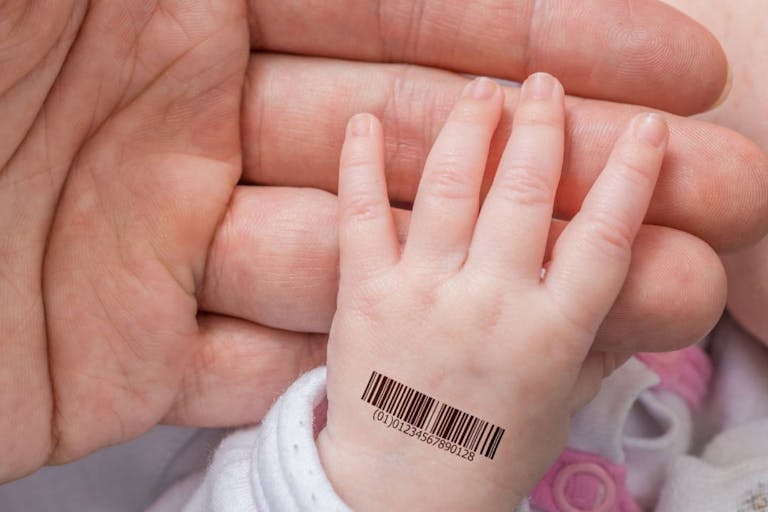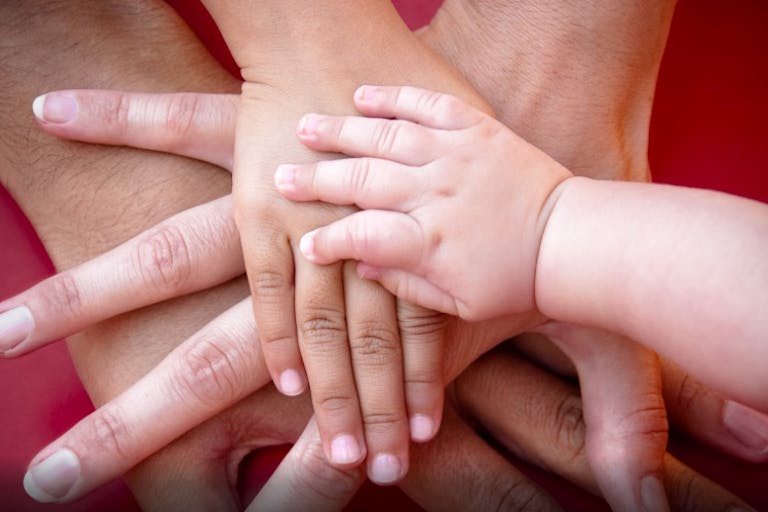
Why more regulation won't solve the ethical IVF crisis
Angeline Tan
·
Eight myths and misunderstandings about foster care… and the truth
The foster care system is perhaps one of the most misunderstood programs in the country. But with over 400,000 children receiving services through foster care, it’s something everyone should know about. Myths and rumors abound and because of that, children suffer. If you have ever considered becoming a foster parent, but have been concerned about what you’ve heard, here’s the truth.
Myth 1: All children in foster care are waiting to be adopted.
There are about 400,000 children in the U.S. foster care system. Just over 100,000 of them are eligible to be adopted, according to AdoptUSKids, and will likely be adopted by their foster parents. The majority of children in the foster care system are waiting to be reunited with their birth families, who are taking steps to get their children back.
Myth 2: Foster children have all been abused beyond repair and their problems are too much to deal with.
Some children, but not all, have some special behavioral or developmental needs due to situations that are beyond their control. Parental neglect and abuse cause trauma, and those children may need extra support. But this is why it is vitally necessary to have loving and stable foster homes. Just because a child in foster care has some “baggage” doesn’t mean he or she is bad, or incapable of change. Consider former U.S. Senator Ben Campbell and Minnesota Viking Dante Culpepper: both foster children who were adopted into loving homes.
Myth 3: Foster children have disabilities and the average person is unable to properly care for them.
While some children in foster care have significant medical needs, a foster parent doesn’t need a special degree in order to parent them, nor do they need to worry about having high-cost health insurance. Children in foster care receive health benefits from the state, and doctors will help new foster parents learn how to care for them properly. The only medical expenses the foster parents would need to take care of are over-the-counter medications such as Tylenol. It’s important for these children to find loving and safe homes in order to avoid being abused, especially if they can’t speak up for themselves.
Myth 4: It’s too hard to love a child and then have to give them back to their birth parents or to their adoptive parents.
While it is very emotional to place a foster child back with birth parents or with a new adoptive family, it is in the child’s best interest. Putting your own emotions aside and doing what is best for the child is what keeps foster parents going. Providing that child with a loving home environment while awaiting their forever home is the best thing for them. If you feel able to love a child so much that you think you’d have a hard time giving them up, then you will probably be a great foster parent.
READ: Easier than you think: Ten ways you can offer support to foster families
Myth 5: A foster parent has no control over the child they get.
Article continues below
Dear Reader,
In 2026, Live Action is heading straight where the battle is fiercest: college campuses.
We have a bold initiative to establish 100 Live Action campus chapters within the next year, and your partnership will make it a success!
Your support today will help train and equip young leaders, bring Live Action’s educational content into academic environments, host on-campus events and debates, and empower students to challenge the pro-abortion status quo with truth and compassion.
Invest in pro-life grassroots outreach and cultural formation with your DOUBLED year-end gift!
Foster parents get a say in the age group of children they are able to accept into their home. This desired age group can depend on many factors, including the age of any children at home or a willingness to help older children who may soon age out of the system without ever having a safe and loving place to call home. And then after the age group is determined, foster parents can turn down any placement for any reason.
Myth 6: It’s faster and easier to do a private adoption.
Not only is private adoption expensive, but there are 36 couples waiting for every newborn available to adopt. According to AdoptUSKids, there are 100,000 children in the foster care system who are available for adoption at any given time. Foster parents and foster-to-adopt parents are needed to provide loving homes immediately.

Myth 7: Foster parents have to be young with no children of their own.
Those age 21 and up are eligible to be foster parents, and it doesn’t matter if you have children or not. Empty nesters actually make great foster parents, according to A Child’s Hope International. Empty nesters who have experience with teenagers often find it a very rewarding experience. They are able to provide a loving home to a child who is about to age out of the system, without having to worry about keeping up physically with younger children.
READ: What about the thousands of children already in foster care?
Myth 8: Foster parents have to be married, make a lot of money, own a home, stay at home, and have parenting experience.
Foster parents can be single. They don’t need to be wealthy, or even to work full time. They aren’t required to be stay-at-home parents. In fact, they don’t need parenting experience at all. Any law-abiding adult has the potential to be a great foster parent, no matter their marital status or income. They just need to have enough income to support the family in addition to the money they are reimbursed for caring for a foster child.
Children in foster care are at risk of falling behind in school and their health. According to The Children are Waiting, foster children don’t receive routine physical exams, and are “the most vulnerable to experiencing poor health compared with any other group of children in the United States.” Children who never find a permanent loving home are also at serious risk. Only about 50 percent will graduate from high school. A quarter will be homeless, while 27 percent of males and 10 percent of females will end up in prison at least once. Anyone who is considering becoming a foster parent but has been scared off by the myths, now is the time to learn the truth, and reach out to help children in need.
“Like” Live Action News on Facebook for more pro-life news and commentary!
Live Action News is pro-life news and commentary from a pro-life perspective.
Contact editor@liveaction.org for questions, corrections, or if you are seeking permission to reprint any Live Action News content.
Guest Articles: To submit a guest article to Live Action News, email editor@liveaction.org with an attached Word document of 800-1000 words. Please also attach any photos relevant to your submission if applicable. If your submission is accepted for publication, you will be notified within three weeks. Guest articles are not compensated (see our Open License Agreement). Thank you for your interest in Live Action News!

Angeline Tan
·
Analysis
Cassy Cooke
·
Analysis
Angeline Tan
·
Analysis
Cassy Cooke
·
Analysis
Angeline Tan
·
Analysis
Cassy Cooke
·
Issues
Nancy Flanders
·
Human Interest
Nancy Flanders
·
Investigative
Nancy Flanders
·
Pop Culture
Nancy Flanders
·
Human Interest
Nancy Flanders
·